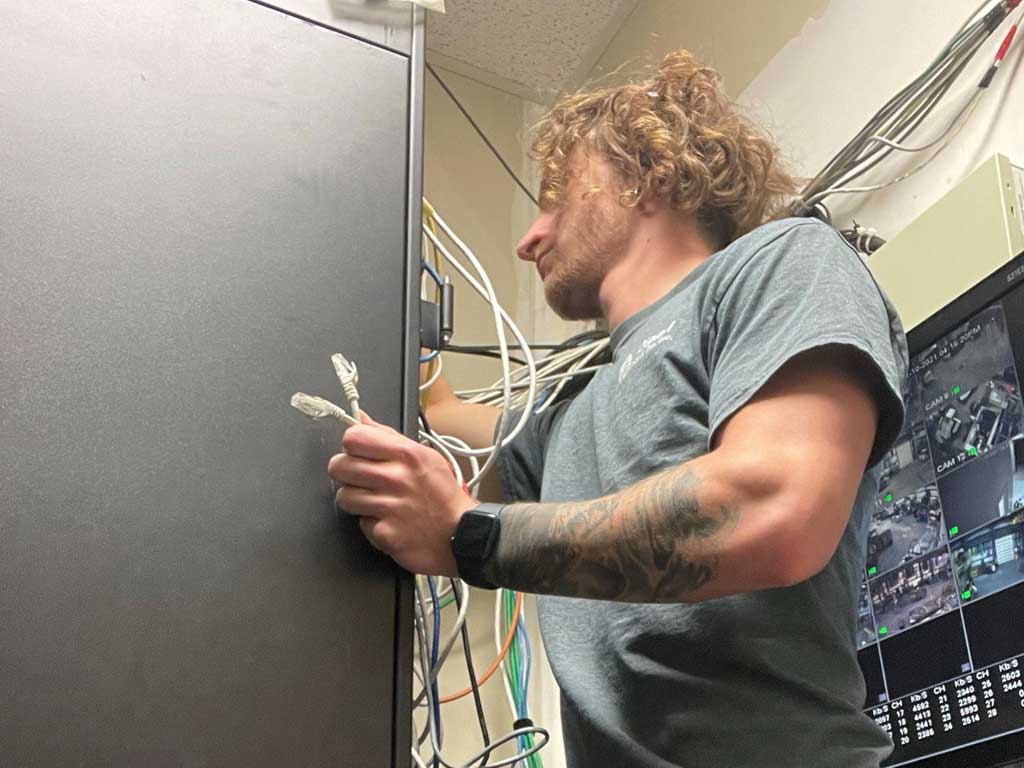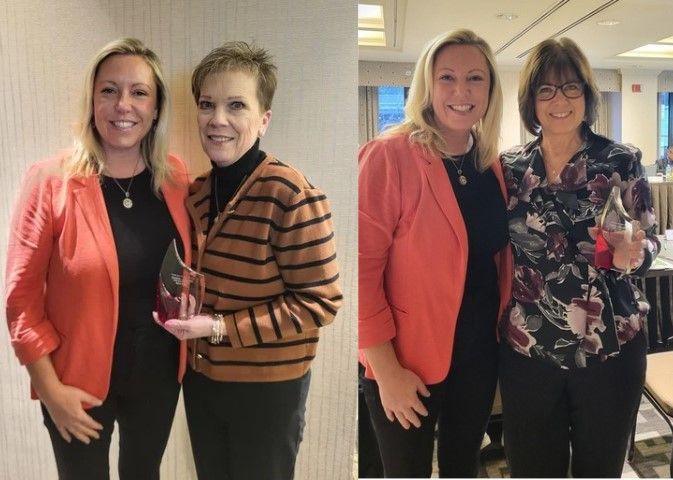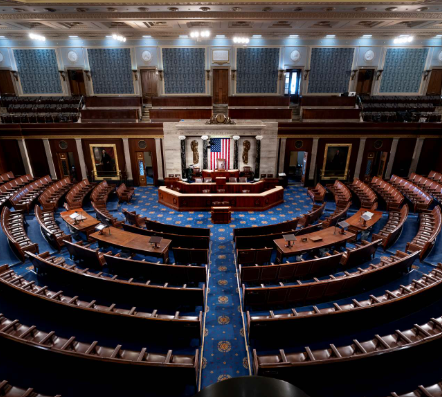Meeting Employer Demand for Skilled Talent with Registered Apprenticeship Programs

By: Amy Lebednick, Business Solutions Director, West Michigan Works!
The U.S. economy is slowly recovering from the chaos created by the COVID-19 pandemic: We are seeing steady, widespread job growth. The unemployment rate is on a decline (although the current 4.6% is well-above the pre-pandemic 3.5%). According to Manpower’s Q4 2021 Employment Outlook Survey, employers are reporting their highest hiring outlook since the survey launched in 1962.
In spite of these encouraging trends, the Federal Bureau of Labor Statistics report for October 2021 shows the labor force participation rate holding steady at around 61%. And 69% of the 45,000 employers in the Manpower survey are reporting difficulty filling open positions.
As workforce development boards, how do we best use our resources to help employers find and grow talent in this challenging environment? West Michigan Works! (WMW), one of Michigan’s 16 workforce development boards, suggests building a strong registered apprenticeship (RA) program.
According to the U.S. Department of Labor, 92% of apprentices retain employment after completing a Registered Apprenticeship and earn an average starting salary of $72,000. It is no wonder Registered apprenticeship programs have seen tremendous growth in recent years. In fiscal year 2020, 3,143 new programs were established — a 73% increase from 2009 — and the number of active RAs grew by 51% in the same period.
As in many parts of the country, Michigan has a large professional trades shortage. RAs are a logical recruitment and retention strategy for employers to pursue. West Michigan Works! currently holds the apprenticeship standard for 27 occupations with 56 employers and 80 active apprentices. Since 2015, 334 apprentices have been added across all industries with 188 total completions.

Slide title
Write your caption hereButton
Slide title
Write your caption hereButton
Based on their experience with registered apprenticeships, the workforce board offers the following best practices:
Build strong partnerships
Promoting a collaborative approach to addressing workforce challenges allows work to be accomplished more strategically and reduces the need for key stakeholders to operate in silos across a vast workforce system. Take the time to identify and convene key stakeholders.
WMW facilitates collaboration among employers, workforce and economic developers, and educators (K-12 and postsecondary) through its industry talent councils: Agribusiness Talent Council, Construction Careers Council, Discover Manufacturing, West Michigan Tech Talent, and West Michigan Health Careers Council. Representing each of the region’s high-demand industries, the councils have created (or realigned) curriculum based on job analyses of their in-demand occupations and are responsible for the development of several new apprenticeship programs for the West Michigan region.
Devote the appropriate resources
WMW has two full-time apprenticeship success coordinators focused on helping employers create and expand apprenticeship opportunities. The coordinators are the liaison between the employers and U.S. Department of Labor, helping them to develop their own program or providing sponsorship of a program.
Incentivize and support
Be aware of opportunities to braid federal, state and local grant funding to incentivize and support employers in the development of RA programs. In addition to funding, look for opportunities to provide wrap-around services, mentors, or coaching to support apprentices. Leveraging key partnerships that understand and share a common goal often leads to opportunities to identify and share resources like those mentioned above, as well as program expertise, and facilities or equipment.
Offer cohort-style programs
Cohort-style RA programs, such as the Medical Assistant Registered Apprenticeship Program (MARAP) allow employers to develop and align curriculum with multiple training providers; hire and train a group of individuals; and recruit for open positions through the participating partners (employers, workforce agency, training providers).
As workforce boards, we work with tens of thousands of job seekers and thousands of employers every year. We partner with a multitude of training providers. We are uniquely positioned to support Registered Apprenticeship programs. And to create positive change in our communities. We’ll end with a success story…
While sterile processing is not a high-demand job in West Michigan, employer members of the West Michigan Health Careers Council shared a common challenge in finding interested and qualified candidates to fill their sterile processing positions. Between the four member employers only six positions needed to be filled, but they were critical positions. The council felt that an apprenticeship program would be a great solution; apprentices would complete the program with the skills, knowledge and experience to do the job well.
West Michigan Works! worked with regional health providers (Spectrum Health, Metro Health, Mercy Health, Holland Hospital), Grand Rapids Community College and the U.S. Department of Labor to create the Sterile Processing Technician Registered Apprentice Program.
Gina Mancha was one of the participants in the first cohort of the RA program. Gina was displaced from a long career in automotive manufacturing and unable to retire. As a dislocated worker, Gina was eligible for TAA services. With guidance from her West Michigan Works! career coach, she was able to secure an entry level position at Spectrum Health in the environmental services department. Eager to advance, Gina applied to program.
Gina shared it had been a long time since she took any tests or attended classes, but she was persistent. Throughout the entire process, Gina was appreciative of the opportunity and support she received. Regardless of how it turned out for her she knew the skills she was learning would benefit her in the future. All of her hard work and practice paid off as she was accepted as the first sterile processing technician apprentice at Spectrum Health.
Gina credits the apprenticeship for giving her a new set of skills and confidence to start her second career at 50 years old. Gina successfully graduated from the apprenticeship program and was promoted from an apprentice to a sterile processing technician.
“We all took this class for the better, no matter what that is – better job, better schedule, better life, we were determined and ambitious.” – Gina Mancha


National Association of Workforce Boards | All Rights Reserved |
Created by Olive + Ash.
Managed by Olive Street Design.





